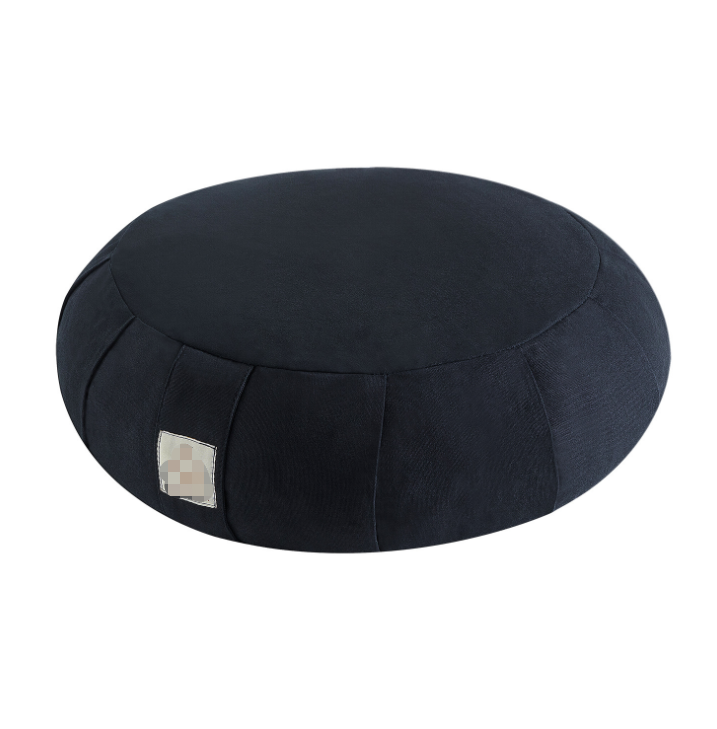Aspects of a yoga mat
2023-10-18
A yoga mat is a specialized piece of equipment designed for practicing yoga and other related exercises. It provides a comfortable and cushioned surface for yoga practitioners to perform various poses, stretches, and meditation. Here are some key features and aspects of a yoga mat:
1. Material: Yoga mats are typically made from various materials, with the most common being PVC (Polyvinyl Chloride), TPE (Thermoplastic Elastomer), rubber, jute, cork, or natural rubber. Each material has its own set of characteristics, including durability, grip, eco-friendliness, and comfort.
2. Thickness: Yoga mats come in different thicknesses, typically ranging from 1/16 inch (1.5 mm) to 1/4 inch (6 mm) or more. Thicker mats offer more cushioning for joints but may be less stable in balance poses, while thinner mats provide a firmer surface for stability.
3. Texture: The surface texture of a yoga mat can vary, from smooth and sticky to textured or raised patterns. The texture affects grip, making it easier for practitioners to maintain their footing during poses and transitions.
4. Size: Yoga mats are available in various lengths and widths to accommodate different body sizes and preferences. Standard dimensions are around 24 inches (61 cm) wide and 68 inches (173 cm) long, but longer and wider options are also available.
5. Portability: Many yoga mats are designed to be lightweight and portable, making them easy to carry to and from yoga classes or when practicing outdoors. Some mats even come with carrying straps or bags.
6. Eco-friendliness: If environmental concerns are important to you, you can choose from eco-friendly yoga mats made from sustainable or biodegradable materials.
7. Durability: The durability of a yoga mat depends on the material and construction. Higher-quality mats tend to last longer and withstand regular use without showing signs of wear and tear.
8. Cleaning and Maintenance: Most yoga mats can be cleaned with a simple wipe-down using a damp cloth or a mat-specific cleaning solution. It's important to maintain your mat's cleanliness for hygiene reasons.
9. Alignment Marks: Some yoga mats feature alignment markings or guidelines that help practitioners position their hands and feet correctly during poses, which can be especially helpful for beginners.
10. Price: Yoga mats come in a range of price points, so you can find one that fits your budget. High-end mats with advanced features may be more expensive, while basic mats are more affordable.
When choosing a yoga mat, consider your specific needs, such as the type of yoga you practice, your body size, and any preferences you have regarding material or eco-friendliness. A comfortable and supportive yoga mat can enhance your practice by providing stability and cushioning while helping you maintain proper alignment during poses.



